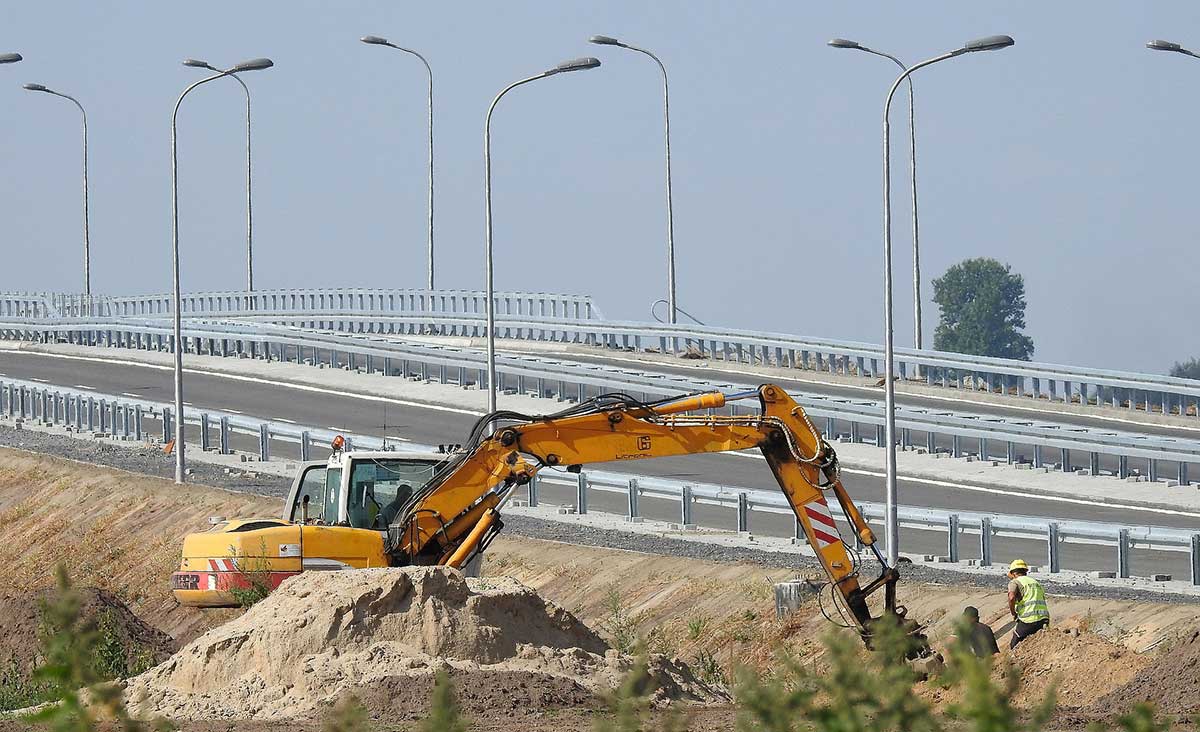
COURSE DESCRIPTION – A Guide to OSHA Excavations
According to the US Bureau of Labor and Statistics, an average of about 50 fatalities occurs annually from excavation or trenching cave-ins. Of those, about 68 percent of deaths occurred in companies with less than 50 employees and about 46 percent in companies with less than 10 employees. Many excavation jobsite dangers can be prevented through preparation, identification and remediation of common risks presented. Modern technology has provided a variety of effective shoring systems and trench shields. The OSHA excavations standard provides a set of clearly written and logical safety rules. This course examines the standard’s different sections, offering illustrations and a safety checklist to explain how to excavate and work safely in a trench. It also discusses the rules and exceptions concerning residential construction. This guide is intended to be consistent with all existing OSHA standards; therefore, if an area is considered by the reader to be inconsistent with a standard, then the OSHA standard should be followed. This course is based on the publication “A Guide to OSHA Excavations Standard”.
This course demonstrates the basic elements of excavation safety. Educating engineers, planners, contractors and employees about excavation safety elements can save lives. However, advances in trenching and excavation safety cannot compare to the safety advances that can be made if workers avoid entering unsafe excavations. For workers to avoid entering unsafe excavations, they must first be able to identify unsafe excavations.
This course includes a multiple-choice quiz at the end and is intended to provide 4 hours of professional development.
Course Author: NCDOL
LEARNING OBJECTIVES
At the conclusion of this course, the student will have learned or been exposed to the following:
- Soil Mechanics
- Cave-ins and Protective Support Systems
- Surface Encumbrances
- Soil Characteristics
- Determination of Soil Type
- Earth Pressures
- Effects of Water
- Remedies to Dewater an Excavation
- Sloping and Benching
- Sheeting
- Support Systems
- Shield Systems
- Other Protective Systems
- Shoring Types
- Hazards
- Special Health and Safety Considerations





